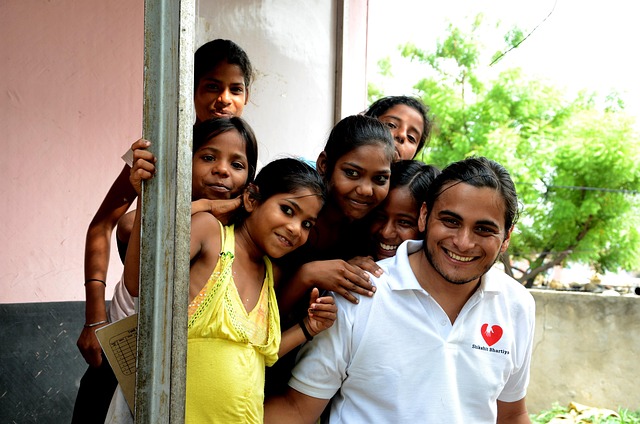Scalable models for newcomer integration and support
Effective integration models help newcomers access services, connect with communities, and contribute to local economies. This article examines scalable approaches that combine policy, technology, and community-based solutions to address demographics, migration trends, and social inclusion while strengthening wellbeing and resilience in diverse urban and rural settings.

Newcomer integration requires systems that scale across cities and regions while remaining responsive to individual needs. Successful models balance short-term support—such as language services and housing—with long-term investments in workforce development, education, and civic participation. By linking policy frameworks to local services and technology, communities can reduce inequality and promote wellbeing for migrants, refugees, and other new residents.
How do demographics influence integration strategies?
Population shifts, including aging and urbanization, shape the demand for services and the design of integration programs. Areas with rapid urban growth need scalable housing, transport, and schooling plans; aging communities may require intergenerational initiatives that pair newcomers with older residents to address care gaps and social isolation. Demographic analysis helps target resources where inclusion and participation can most effectively reduce inequality.
What role does migration policy play in local inclusion?
National and local migration policies determine legal status, labor access, and education rights, which in turn affect economic and social integration. Policies that streamline credential recognition and provide clear pathways to work can accelerate newcomer contributions to the workforce. Coordination between policy makers and local service providers enables programs to adapt to changing migration flows and to embed inclusion into municipal planning.
How can programs address inequality and promote participation?
Programs that combine cash assistance, housing support, language training, and community orientation reduce immediate hardship while promoting civic participation. Inclusion strategies aim to remove structural barriers that perpetuate inequality—such as discriminatory hiring practices or lack of accessible information—so newcomers can engage in local governance, schools, and labor markets. Measuring outcomes around participation and wellbeing helps refine approaches.
How do urbanization and aging affect service delivery?
Urbanization concentrates demand for integration services, requiring scalable infrastructure and cross-sector partnerships. Rural areas, meanwhile, may struggle with digitalaccess and a limited workforce but can offer community-based integration models rooted in close social networks. Aging populations present both challenges and opportunities: newcomers can fill workforce needs in care sectors, and targeted programs can foster mutual support between generations.
How can digitalaccess and civictech support resilience?
Digital platforms, when accessible and secure, expand reach for education, language learning, and employment services. Civictech tools enable two-way communication between newcomers and local authorities, boosting participation and transparent policy feedback. However, equitable digitalaccess is essential: initiatives must address connectivity, device access, and digital literacy to avoid reinforcing inequality while building resilience.
Which providers offer integration services and what are their roles?
| Provider Name | Services Offered | Key Features/Benefits |
|---|---|---|
| International Rescue Committee (IRC) | Employment support, language classes, legal aid, community sponsorship programs | Global presence, partnerships with local governments, focus on economic inclusion |
| Refugee Council (UK) | Advice and practical support, mental health services, advocacy | Localized casework, policy engagement, tailored wellbeing programs |
| UNHCR (United Nations High Commissioner for Refugees) | Protection, coordination with governments, capacity-building | International coordination, standards for refugee protection, technical assistance |
Local NGOs, municipal newcomer offices, and community organizations also play a critical role by providing tailored, culturally informed services and bridging digital divides through localized programs.
Conclusion Scalable integration models combine demographic insight, coordinated policy, and partnerships across public, private, and civic sectors. Emphasizing inclusion, digitalaccess, workforce pathways, and education creates resilient communities where newcomers can participate and thrive. Continuous monitoring, community participation, and flexible funding mechanisms help adapt models to evolving migration patterns, urbanization trends, and shifting local needs.





